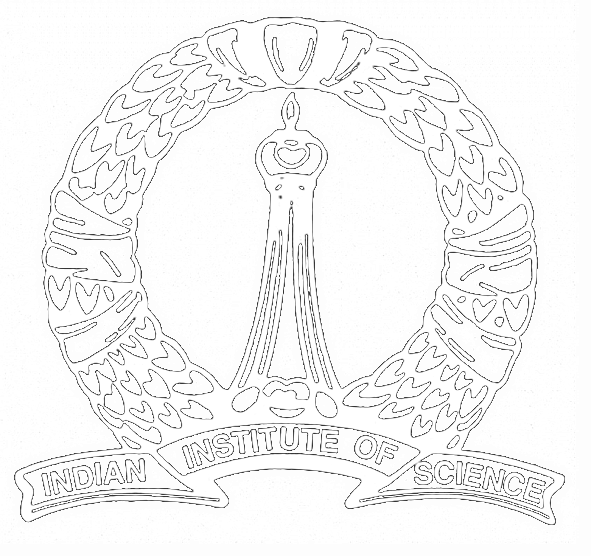Eigenfunctions Seminar
Title: Understanding number fields through the distributions of their arithmetic invariants
Speaker: Ila Varma (University of Toronto, Toronto, Canada)
Date: 15 June 2023
Time: 3 – 5 pm (with a 15 minute break in between)
Venue: LH-1, Mathematics Department
The most fundamental objects in number theory are number fields, field extensions of the rational numbers that are finite dimensional as vector spaces over $\mathbb{Q}$. Their arithmetic is governed heavily by certain invariants such as the discriminant, Artin conductors, and the class group; for example, the ring of integers inside a number field has unique prime factorization if and only if its class group is trivial. The behavior of these invariants is truly mysterious: it is not known how many number fields there are having a given discriminant or conductor, and it is an open conjecture dating back to Gauss as to how many quadratic fields have trivial class group.
Nonetheless, one may hope for statistical information regarding these invariants of number fields, the most basic such question being “How are such invariants distributed amongst number fields of degree $d$?” To obtain more refined asymptotics, one may fix the Galois structure of the number fields in question. There are many foundational conjectures that predict the statistical behavior of these invariants in such families; however, only a handful of unconditional results are known. In this talk, I will describe a combination of algebraic, analytic, and geometric methods to prove many new instances of these conjectures, including some joint results with Altug, Bhargava, Ho, Shankar, and Wilson.
- All seminars.
- Seminars for 2023
